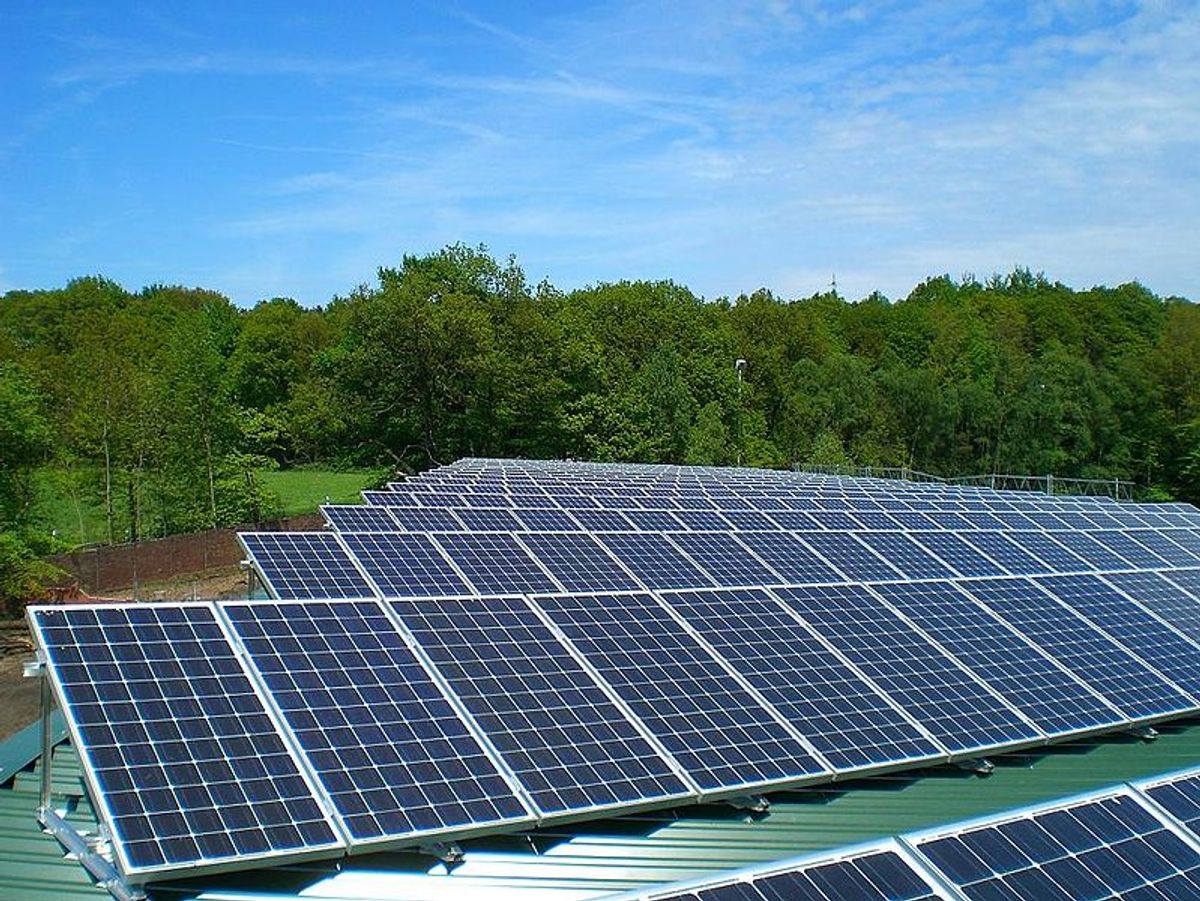Massive population, lots of sunshine and friendly policies have made California the solar leader in the U.S., and two newly passed laws look like they’ll only solidify the state’s position.
One bill that cleared the Legislature this week establishes a hefty community solar program; another appears to keep net metering – a huge incentive for rooftop solar – on course for further growth, although the legislation also contains potentially complicating provisions.
Cmmunity solar: Anyone can own a piece (image via Vote Solar)
Community solar almost became a reality last year, but intense lobbying from Pacific Gas & Electric in particular killed off the bid to allow renters, those who have shaded roofs, people who live in multi-unit buildings, etc. an opportunity to get in on the benefits of solar power by buying power from shared arrays. But this year the bill made it across the finish line and it now awaits a gubernatorial signature.
“SB 43 will allow the millions of Californians who cannot install their own solar unit, windmill, or other renewable power generation system to obtain renewable energy through their utility,”Sen. Lois Wolk, author of Senate Bill 43, said in a statement. Wolk added that the bill “won’t require any state funds or shift costs to consumers who chose not to participate.”
According to the pro-community solar group Solar Gardens, the California program not only would be the largest in the country, at 600 megawatts, but it would be “larger than all other states’ efforts combined.”
Under the program, customers of PG&E, Southern California Edison and San Diego Gas & Electric – including local governments, businesses, schools, homeowners, municipal customers and renters – can “purchase up to 100 percent of their electricity from a renewable energy facility,” Wolk’s office said. The program would sunset in 2019.
The other big renewables legislation, Assembly Bill 327, is both more complex and possibly more important – but a lot could depend on how regulators apply it.
Vote Solar called its passage “a significant win for the future of rooftop solar in the state,” noting that it ensures that net metering will “stay in place until customers of the three large investor-owned utilities have installed over 5,200 MW of net metered generation, instead of being suspended by the California Public Utilities Commission as soon as the end of 2014.”
The legislation also authorizes regulators to remove the cap on the net metering program, which is currently at 5 percent (advocates had earlier fought to have it raised from 0.5 percent, then 2.5 percent).
Vote Solar said the bill turns the state’s 2020 renewable portfolio standard of 33 percent into a floor, instead of a ceiling, allowing regulators to require an even greater proportion of renewables. Lastly, the bill requires the trio of IOUs to submit plans by July 2015 to “maximize the locational benefits of distributed solar and other resources on the grid.”
That said, Vote Solar noted that the bill leaves regulators room to slap a new fixed charge of $10 on residential customers, and doesn’t spell out exactly how net metering beyond the 5 percent mark would work. So there’s a lot of rulemaking that will be fought over, with solar advocates no doubt going head-to-head with the utilities, if Gov. Jerry Brown signs the legislation into law. A spokesman for Brown had no comment for Bloomberg when asked what he would do.
![]()




Shares